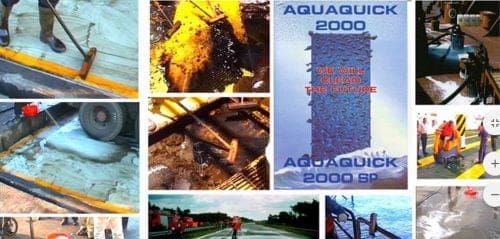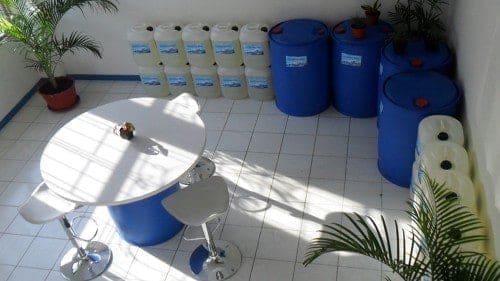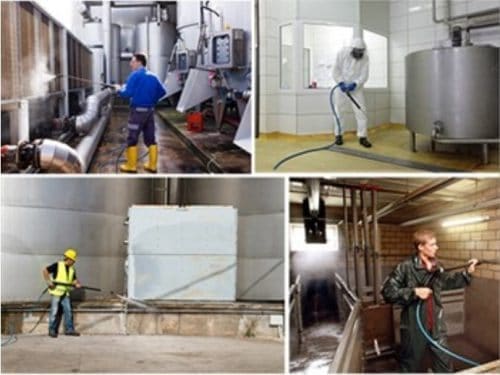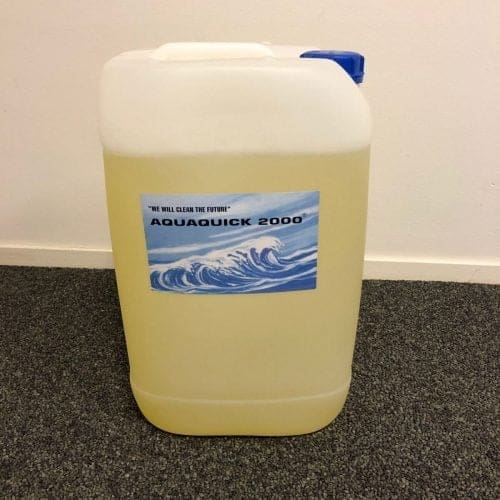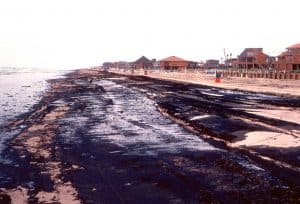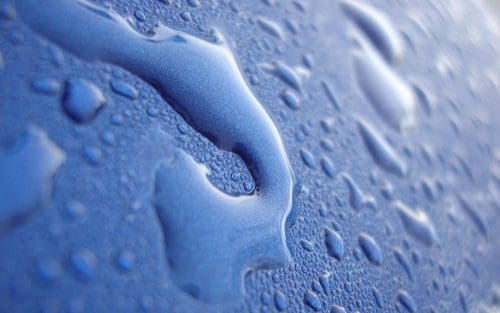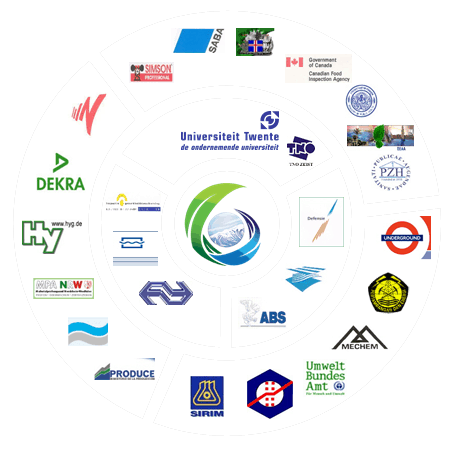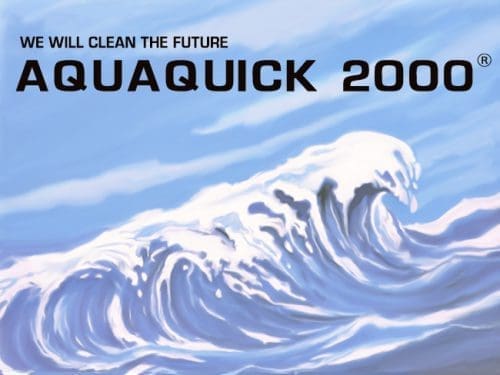タンク内のスラッジ堆積は、石油・ガス、海運、食品加工、廃水処理などの産業が直面する最も根強く、コストのかかる問題の一つです。固まった油かすであれ、付着したグリースであれ、炭化水素スラッジであれ、タンクからスラッジを効果的かつ安全に除去する必要性は、作業効率と安全性にとって極めて重要です。AQUAQUICK 2000は、過酷な化学薬品や安全でない方法を使用せずにスラッジ除去を簡素化する、専門的で無害な、コーティングに適した方法を提供します。スラッジを除去しなければならない理由 タンクスラッジを放置しておくと、次のようなことが起こります:スラッジの除去は、タンクメンテナンスの一環として日常的に行う必要があります。しかし、従来の方法(掻き取り、溶剤脱脂、酸洗浄など)は、設備にダメージを与え、作業員に害を及ぼし [...] [...]ます。
石油・ガスから製造業まで、あらゆる業界の貯蔵タンクは、スラッジの堆積という共通の問題にさらされています。このタンク洗浄のデモンストレーションでは、AQUAQUICK 2000を手動洗浄と圧力アシスト洗浄の両方の方法で使用し、厚い炭化水素スラッジと油状残留物を安全かつ効果的に除去しました。その結果、本製品が現在業界で最も信頼できるタンク洗浄剤のひとつである理由が再確認されました。🎥 タンク洗浄のデモはこちら スラッジのシナリオ:こびりついた層と頑固な膜 このデモで紹介されたタンクは、床面と下部壁面に沿ってスラッジが堆積し、その他の内部表面は粘着性の油膜で覆われていました。このような状態は [...] 続きを読む
Sludge is the silent enemy of industrial storage tanks. Over time, hydrocarbons, sediments, and residues accumulate into thick, immobile sludge that compromises tank capacity, quality control, and safety. In this tank cleaning demonstration, AQUAQUICK 2000 was deployed to show exactly how it can break down heavy sludge deposits using simple, safe, and efficient cleaning practices. Whether you’re dealing with oil tanks, chemical storage units, or grease-contaminated containers, this demonstration proves why AQUAQUICK 2000 is one of the most effective tank cleaning agents on the market. The Demo Setup: Real Tanks, Real Sludge The tanks featured in the demo video were moderately filled with sludge-heavy hydrocarbon waste, layered with oily residue […]
Sludge accumulation in petroleum storage tanks is one of the most stubborn and costly maintenance issues industrial operators face. In the PDB tank cleaning project, the use of AQUAQUICK 2000 as a tank cleaning agent proved to be a game-changer. The cleaning team successfully removed thick, settled sludge without damaging the tank’s interior or requiring hazardous manual scraping. This article outlines how AQUAQUICK 2000 was applied, why it worked so effectively, and what best practices to follow when dealing with similar sludge-heavy tanks. The Sludge Scenario: Why It Was a Challenge Petroleum sludge typically forms a dense, sticky layer at the bottom of storage tanks due to the separation of […]

